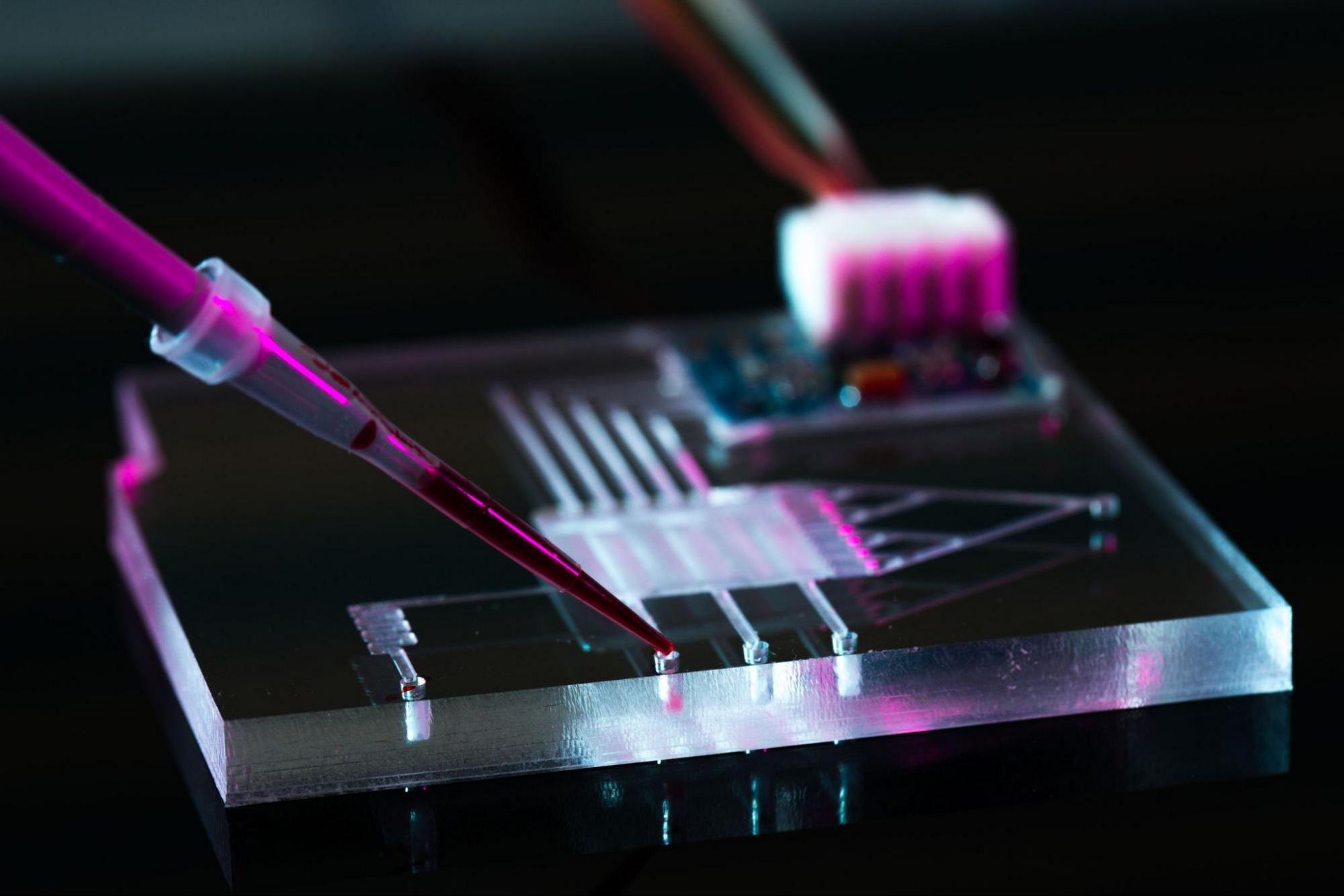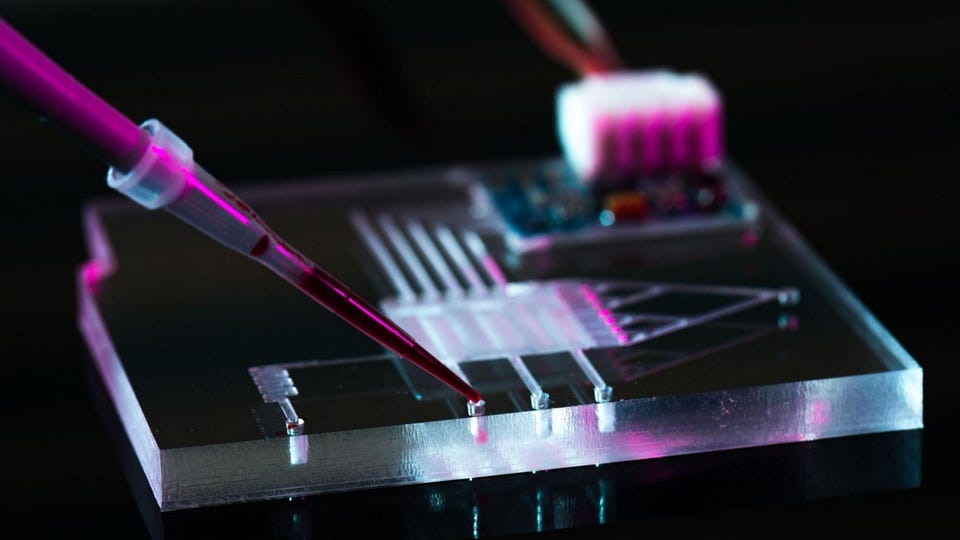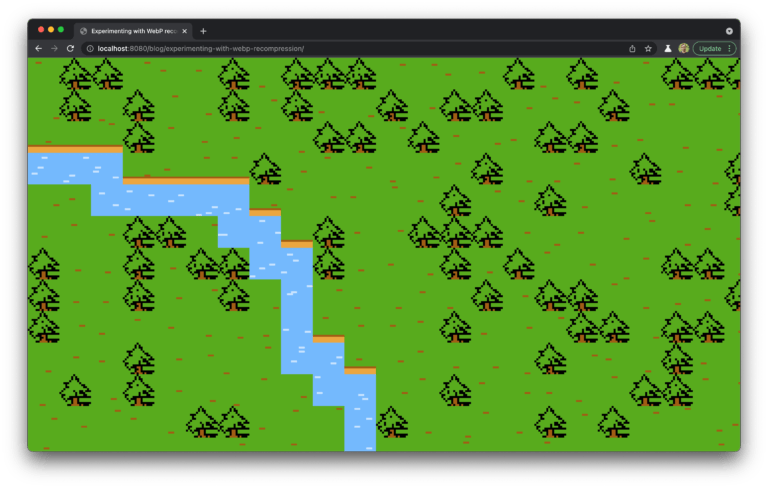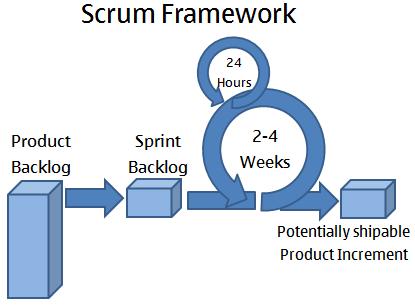
“People have been imaging worms for the last couple of decades. Our goal is to extract all of this biological information and put it to use.”
Reimagine lab tests by re-examining old worms.
Google Cloud
This article originally appeared on Transform with Google Cloud.
The modest nematode Caenorhabditis elegans is a little worm with big potential.
Known as C. elegans, it was the first multicellular organism to have its full genome sequenced and has been an important contributor to the biological sciences since the 1960s (six people have won the Nobel Prize based on their work with the worm). C. elegans is considered a “model organism,” a non-human animal that is used to study biological processes, with findings used to provide insights into the functionality of other organisms. A millimeter in length and transparent, C. elegans shares about 40% of its genome with human beings.
In the hands of Lubbock, Texas-based startup NemaLife—and with a little help from artificial intelligence and the cloud—C. elegans may be able to transform the research and development process of a dozen industries including the food ingredients, cosmetics, and pharmaceutical sectors.
“We’re a techbio company that is developing platforms with microfluidics and AI,” said Marton Toth, chief business officer of NemaLife. “People have been imaging worms for the last couple of decades. Our goal is to extract all of this biological information and put it to use.”
Worms on a Chip
The basis of NemaLife’s technology is a microfluidic chip that provides the ecosystem for the nematodes. Microfluidics studies the behavior of fluids through micro-channels, and the technology of making the tiny devices through which flow small amounts of fluid (such as microliters). About 70 C. elegans can live on a NemaLife microfluidics chip, with a lifespan of two to three weeks.
The microfluidics chip is a departure from how nematode research has been traditionally performed. Historically, study of C. elegans or other nematodes has been done on agar plates, Petri dishes with a gel-like growth medium. The benefits of NemaLife’s microfluidic platform is that it allows for researchers to record and analyze the C. elegans behavior during the experiment, such as what happens when they are being fed test compounds.
“The worm is a millimeter in size so it’s amenable to these microfluidic chips,” said Dhaval Patel, director of research and innovation at NemaLife. “We can grow it in really large numbers. So we can deal with statistical populations that you’d never be able to deal with in mice. A single worm typically has several hundred progeny. We can run hundreds of chips a day, and we can do hundreds of animals per treatment. Those kinds of advantages don’t exist in any other kind of system.”
By working with nematodes for in vivo screening (testing with live animals, as opposed to in vitro which works with cellular or tissue samples), NemaLife can greatly accelerate the pace of initial research and development of new compounds. Whole-life experiments can be performed in two or three weeks, as opposed to months or years for animal testing using mice or rats. For a company that wants to test a lot of different compounds, C. elegans on a microfluidic chip offers an option to get more actionable results in less time.
Continue reading this article at Transform with Google Cloud.







